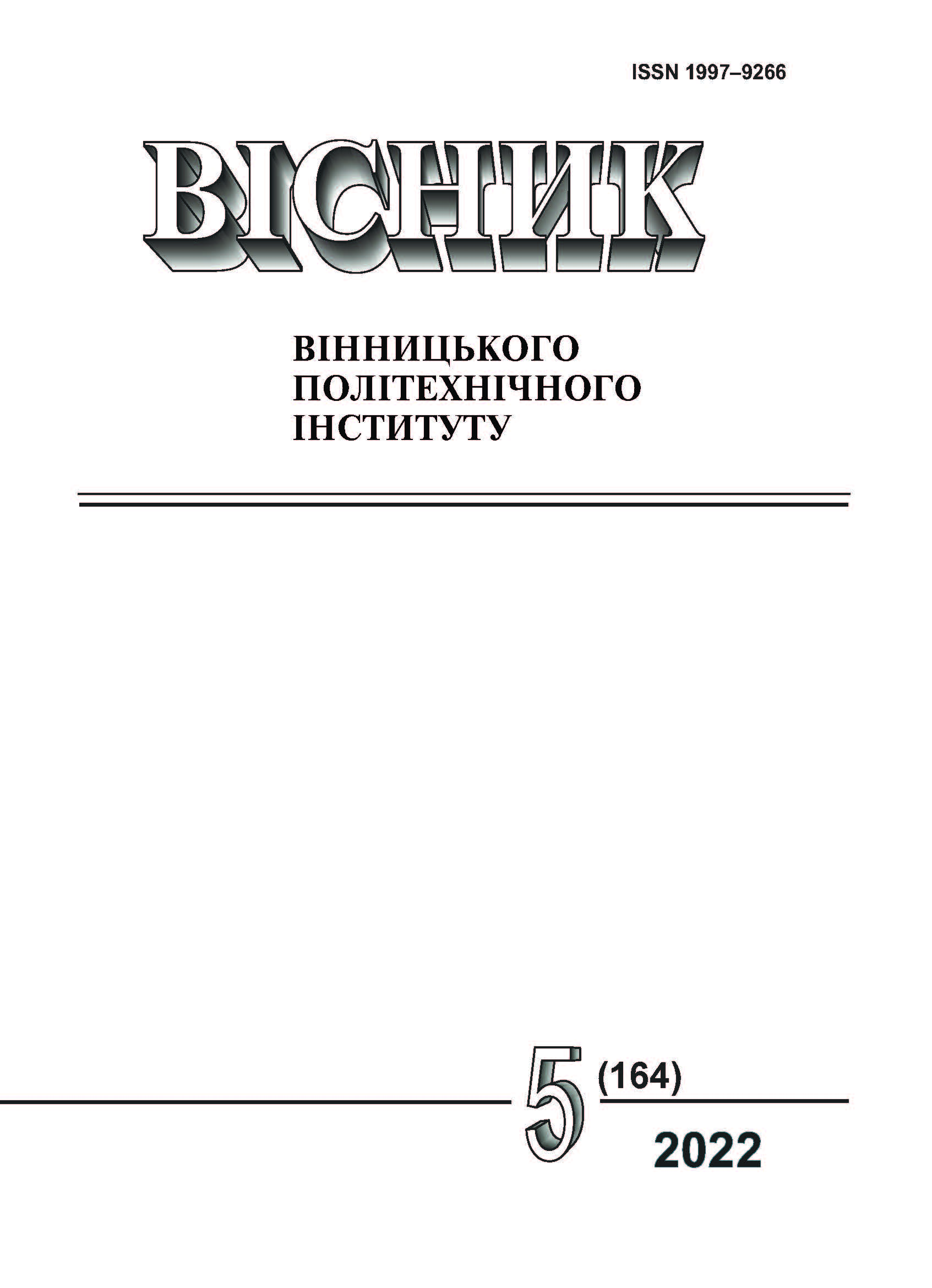An Approach to Determine the Average Transport Delays at Adjacent Territory Exit on the Highway
DOI:
https://doi.org/10.31649/1997-9266-2022-164-5-92-95Keywords:
analytical models, adjacent territory exit, unsignalized intersections, queuing theory, traffic flows, transport delaysAbstract
The main distinguishing features of methods to determine transport delays at unsignalized intersections with unequal directions, which are quite similar to adjacent territory exit to arterial streets and roads of large, significant and most significant cities by the principles of organization and regulation of traffic, are analyzed and determined. The purpose of the article is to develop analytical models to determine transport delays at adjacent territory exit to arterial streets and roads. The object of the study is the interaction of traffic flow moving through the urban highway network and the flow of vehicles leaving adjacent territory. The study proposes an approach to determine transport delays at adjacent territory exit to arterial streets and roads, which is based on the principles of a queuing theory and takes into account the priority of traffic in competing directions. As the main information base for the use of proposed approach to determine transport delays at adjacent territory exit, it is necessary to have the value of the traffic flow intensity in competing directions and the passing time of the vehicle dynamic dimensions, which can be obtained by conducting field observations at the selected experimental research objects. The developed approach needs to be experimentally verified by comparing empirical and theoretical results of calculating transport delays at adjacent territory exit to the arterial network, as well as by conducting a simulation experiment on selected of experimental research objects. The proposed analytical models to determine the average transport delays simplify the perception of traffic flows interaction at adjacent territory exit.
References
K. Barvinska, and О. Hrutsyn, “Investigation of transport flow delay at unsignalized intersections with limited speed,” Transport Development, no. 1(6), рр. 80-91, 2020. https://doi.org/10.33082/td.2020.1-6.07 (українською мовою).
Є. В. Любий, і О. М. Бєлецька, «Експериментальні дослідження затримок транспортних засобів при виїзді з прилеглих територій,» Сучасні технології в машинобудуванні та транспорті, № 1(16), с. 106-116, 2021. https://doi.org/10.36910/automash.v1i16.513 .
Є. В. Любий, О. В. Денисенко, і О. М. Бєлецька, «Сучасні підходи щодо визначення транспортних затримок на нерегульованих перехрестях,» Науково-прикладні аспекти автомобільної і транспортно-дорожньої галузей, матер. VI Міжнародної науково-технічної конференції, Луцьк, 26-27 червня 2020. Луцьк: ЛНТУ, 2020, с. 97-101.
П. Ф. Горбачов, Є. В. Любий, і О. М. Бєлецька, «Підхід щодо визначення затримок автомобілів на нерегульованих перехрестях з рівнозначними напрямками,» Інноваційні технології розвитку машинобудування та ефективного функціонування транспортних систем, матер. ІІ Всеукраїнської науково-технічної інтернет-конференції, Рівне, 9-11 листопада 2020. Рівне: НУВГП, 2020, с. 94-96.
B.W. Gnedenko, and D. König, Handbuch der Bedienungstheorie II: Formeln und andere Ergebnisse. Berlin, Boston: De Gruyter, Reprint 2022 ed. edition (December 31, 1984), 610 р. https://doi.org/10.1515/9783112614747 .
N. K. Jaiswal, Priority Queues. Academic Press, 1968, 240 p.
L. Kleinrock, Queueing systems 2: Computer applications, 1st edition. Wiley-Interscience, 1976, 576 p.
M. J. Pardo, and D. de la Fuente, “Optimizing a priority-discipline queueing model using fuzzy set theory,” Computers & Mathematics with Applications, no. 54(2), pp. 267-281, 2007. https://doi.org/10.1016/j.camwa.2007.01.019 .
Downloads
-
PDF (Українська)
Downloads: 67
Published
How to Cite
Issue
Section
License

This work is licensed under a Creative Commons Attribution 4.0 International License.
Authors who publish with this journal agree to the following terms:
- Authors retain copyright and grant the journal right of first publication.
- Authors are able to enter into separate, additional contractual arrangements for the non-exclusive distribution of the journal's published version of the work (e.g., post it to an institutional repository or publish it in a book), with an acknowledgment of its initial publication in this journal.
- Authors are permitted and encouraged to post their work online (e.g., in institutional repositories or on their website) prior to and during the submission process, as it can lead to productive exchanges, as well as earlier and greater citation of published work (See The Effect of Open Access).





